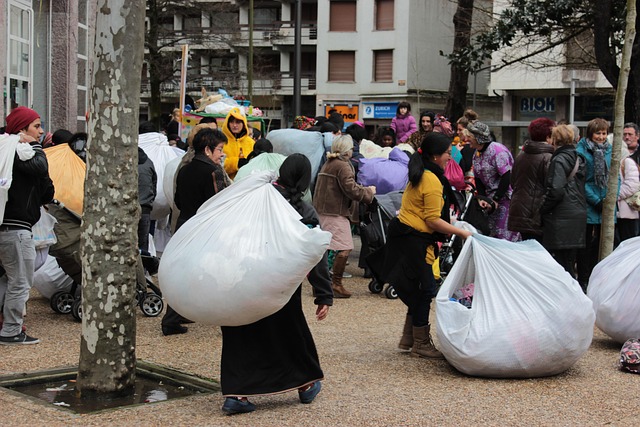Synesthetic Societies: The Rise of Multisensory Urban Design
The fusion of sensory experiences is reshaping our cityscapes, as urban planners and designers embrace synesthesia-inspired approaches. This innovative trend melds sight, sound, smell, and touch to create immersive environments that enhance community well-being and redefine public spaces. Read below to explore how multisensory urban design is transforming the way we interact with our surroundings and each other.

Historical Context and Sociological Foundations
The roots of multisensory urban design can be traced back to the early 20th century, when architects like Frank Lloyd Wright emphasized the importance of integrating buildings with their natural surroundings. However, the explicit incorporation of synesthetic principles in urban planning is a more recent development. Sociologists and environmental psychologists have long studied the impact of sensory stimuli on human behavior and well-being. The work of Jan Gehl, a Danish architect and urban design consultant, has been particularly influential in highlighting the importance of human-centered urban spaces that engage multiple senses.
Current Trends and Implementations
Today, cities around the world are experimenting with synesthetic design elements. In Rotterdam, the Markthal features a massive, colorful mural on its ceiling, combining visual art with the sounds and smells of the market below. Montreal’s Quartier des Spectacles uses light installations and interactive soundscapes to create a dynamic nighttime environment. These examples showcase how multisensory design can transform urban spaces into immersive experiences that foster community engagement and cultural expression.
The Science Behind Sensory Integration
Research in neuroscience and environmental psychology supports the benefits of multisensory urban design. Studies have shown that environments that stimulate multiple senses can enhance cognitive function, reduce stress, and improve overall well-being. For example, a 2019 study published in the Journal of Urban Design found that spaces incorporating natural sounds and scents alongside visual green elements were perceived as more restorative than those relying on visual stimuli alone. This scientific backing has encouraged urban planners to consider the full sensory spectrum in their designs.
Challenges and Considerations
While the potential benefits of synesthetic urban design are significant, implementing these concepts presents several challenges. Balancing sensory stimulation to avoid overwhelming or excluding certain groups is crucial. Additionally, maintaining and managing multisensory installations can be complex and costly. Urban planners must also navigate cultural differences in sensory preferences and meanings. Despite these hurdles, many cities see the value in creating more immersive and inclusive public spaces.
Impact on Social Interaction and Community Building
One of the most promising aspects of synesthetic urban design is its potential to foster social cohesion and community engagement. By creating more inviting and interactive public spaces, these designs encourage people to spend more time outdoors, engage with their surroundings, and interact with others. This increased social interaction can lead to stronger community bonds and a greater sense of belonging. For instance, interactive sound installations in parks have been observed to spark conversations between strangers, bridging social gaps and creating shared experiences.
The Role of Technology in Multisensory Urbanism
Advancements in technology are playing a crucial role in the implementation of synesthetic urban design. Smart city initiatives are incorporating sensors and interactive elements that respond to human presence and behavior. Augmented reality applications are being developed to layer additional sensory experiences onto physical spaces, creating personalized and adaptive urban environments. These technological innovations open up new possibilities for creating dynamic, responsive cityscapes that can evolve with the needs and preferences of their inhabitants.
Future Directions and Societal Implications
As synesthetic urban design continues to evolve, it has the potential to reshape our relationship with public spaces and each other. By creating more engaging and inclusive environments, this approach could help address issues of social isolation and urban alienation. It also presents opportunities for promoting cultural diversity and accessibility, as multisensory designs can cater to a wider range of sensory abilities and preferences. Looking ahead, we may see the emergence of truly adaptive urban environments that can shift and change to meet the diverse needs of their inhabitants throughout the day and across seasons.
Embracing a Multisensory Urban Future
The integration of synesthetic principles into urban design represents a significant shift in how we conceptualize and create public spaces. By moving beyond visual aesthetics to embrace a full spectrum of sensory experiences, urban planners and designers are working to create more engaging, inclusive, and human-centered environments. As this trend continues to gain momentum, supported by advancements in technology and a growing body of research, we can anticipate a future where our cities not only look different but feel, sound, and even smell different. The synesthetic city of tomorrow promises to be a more vibrant, interactive, and socially connected place, offering new ways for us to experience and engage with our urban surroundings and each other.





